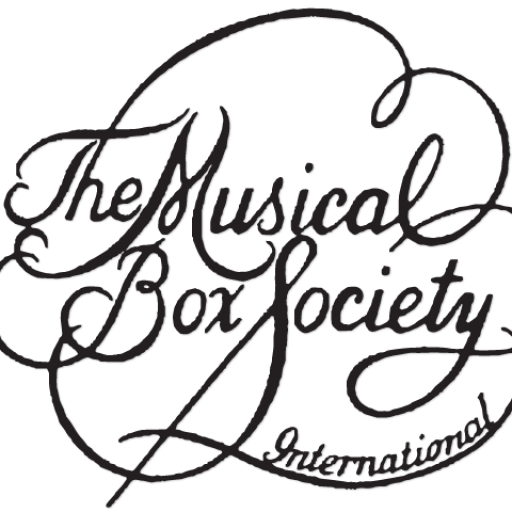A carved statue standing on the facade of a band organ, which rings a small bell by striking it with a beater. Certain early organs with bell ringers controlled them with a special key or keys in the music scale. Later instruments often coupled the bell ringer to the bass drum hole. Most popular in the 1910-1920 era, and very popular with collectors today.
bellows
Two hinged boards, covered with leather or rubberized cloth. Smaller bellows (often called pneumatics) perform a mechanical function by collapsing or opening when connected to suction or pressure, respectively. Pumping bellows, (sometimes called feeders) powered by a crankshaft and connecting rods, are attached via one-way valves to spring-loaded reservoirs that store suction or air pressure. Manifolds or distribution boxes act as connecting points for the tubing that conducts suction from, and air pressure to, pneumatic-operated mechanisms, organ pipes, accordions, etc.
bells
Tuned metal bars used in many band organs and orchestrions, producing a clear high pitched tone. (Also, tuned cup-shaped saucer bells, mainly in music boxes). * Also: orchestra bells or glockenspiel in American literature. * Dutch: metallofoon, klokkenspel. * German: Glocken.
biphone
Pipe register used by Carl Frei in certain street organs, including one or two ranks of stopped flutes playing at 16′ (or 16′ and 8′) pitch in the melody or countermelody division. Frequently used with general tremolo.
bird organ
A small hand-cranked organ with a small number of pewter or wooden pipes. It was developed in the 18th century to teach canaries to sing. The music is pinned on a wooden barrel. Synonyms: canary organ, serinette, perroquette.
